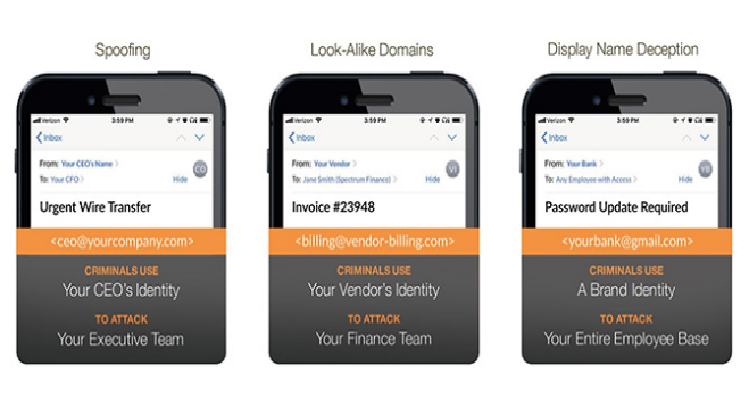The Scarab ransomware was discovered in June 2017. Since then, several variants have been created and discovered in the wild. The most popular or widespread versions were distributed via the Necurs botnet and initially written in Visual C compiled. However, after unpacking, we’ve found that another variant discovered in December 2017, called Scarabey, is distributed a little differently, with a different payload code as well.
Scarabey, like most ransomware, is designed to demand a Bitcoin payment from its victims after encrypting files on their systems. However, instead of being distributed via Necurs malspam like the original Scarab, Scarabey was found targeting Russian users and being distributed via RDP/manual dropping on servers and systems.
In addition, Scarabey seems to not be packed in any samples we have come across. The malicious code is written in Delphi without the C++ packaging that Scarab has and the content and language of the ransom notes are different for each.
SAMPLES BEING REFERENCED
SCARAB ORIGINAL: e8806738a575a6639e7c9aac882374ae
SCARABEY VARIANT: 9a02862ac95345359dfc3dcc93e3c10e
The ransom notes
As far as the victim is concerned, the main difference between Scarabey and other Scarab ransomware is the language of the ransom note and the scare tactic used in the encryption message.
In the Scarab sample, the ransom note is written in English, however, it reads as if you translated word-for-word a Russian text into English, without knowing proper English grammar or syntax. Scarabey, on the other hand, is written in Russian. What’s interesting is that when you throw the Scarabey note into Google translate, as I have done below, it contains the same grammatical errors as the Scarab note.

Original Scarab message

Scarabey message, translated from Russian to English with Google translate
This is more proof that that the authors of Scarab are likely Russian speakers who had written the note in their native language and run it through a translator to be added into the Scarab code. It would then seem quite likely that, since they decided to target Russians. they released the Scarabey note in their native language to cover more victims.
Different threats
In the original Scarab versions, it warns: The longer the user waits, the more the price will go up.
For Scarabey, on the other hand, it tells users that for every day they wait, more and more files will be deleted, until there are no more files left for them to recover.
Essentially, the criminals are implying that they have copies of the unencrypted files to give back to the user, or that they have control of the victim computer to delete files. This is not true for a few reasons:
To read the original article:
https://blog.malwarebytes.com/threat-analysis/2018/01/scarab-ransomware-new-variant-changes-tactics/
